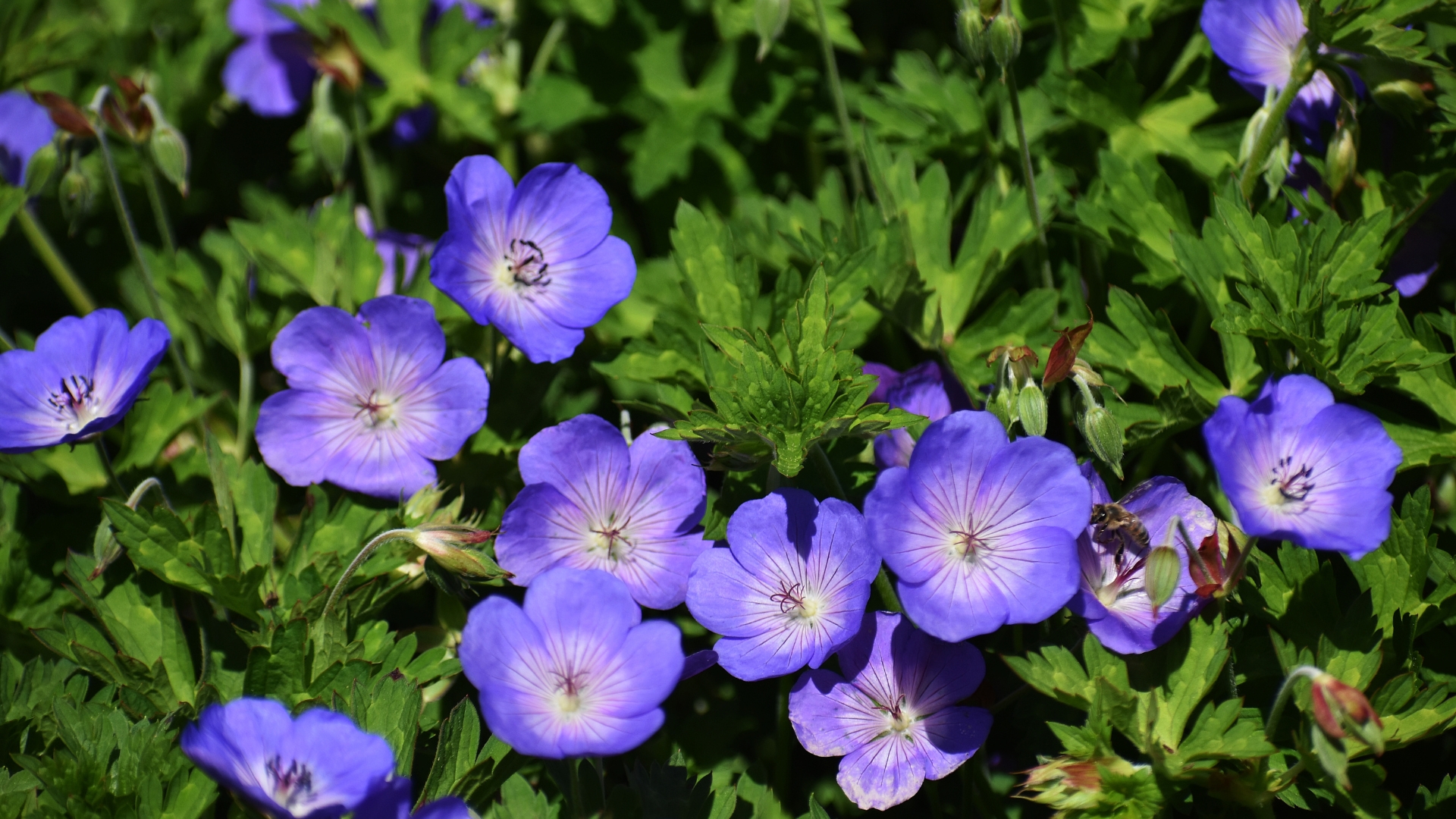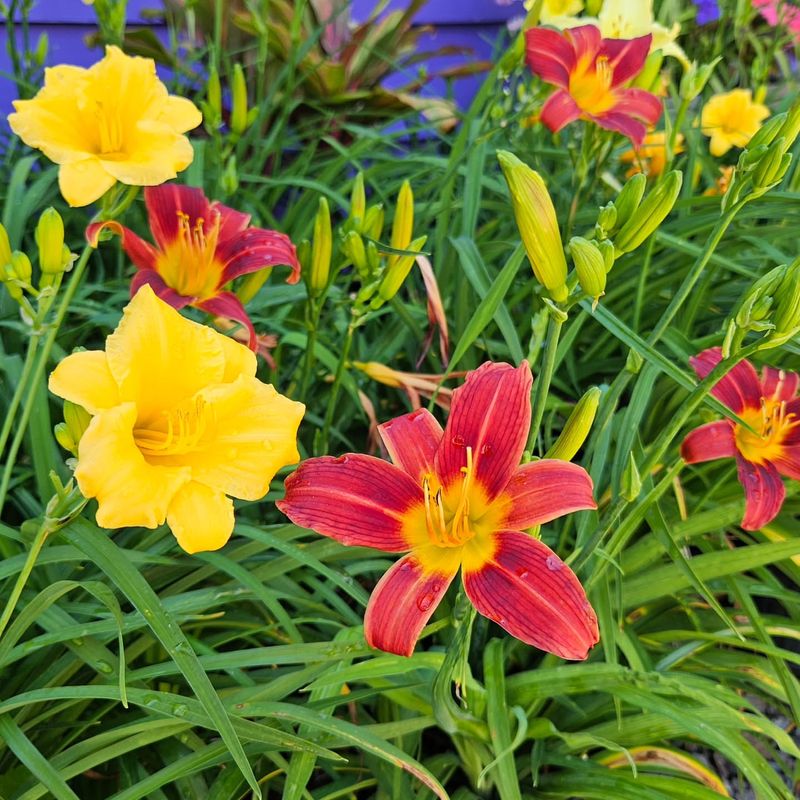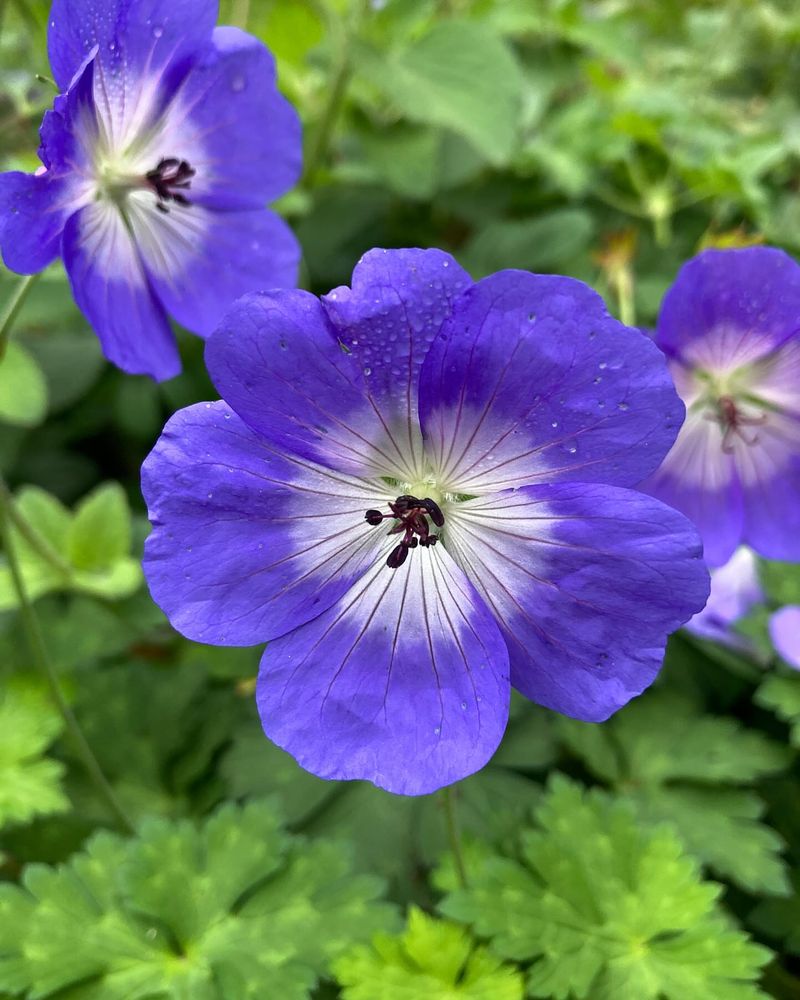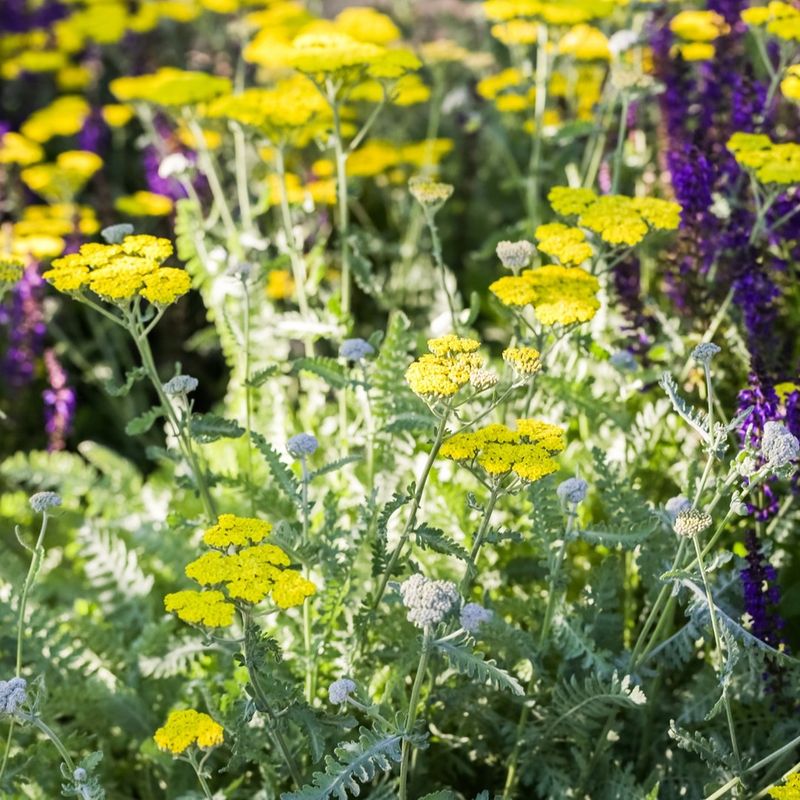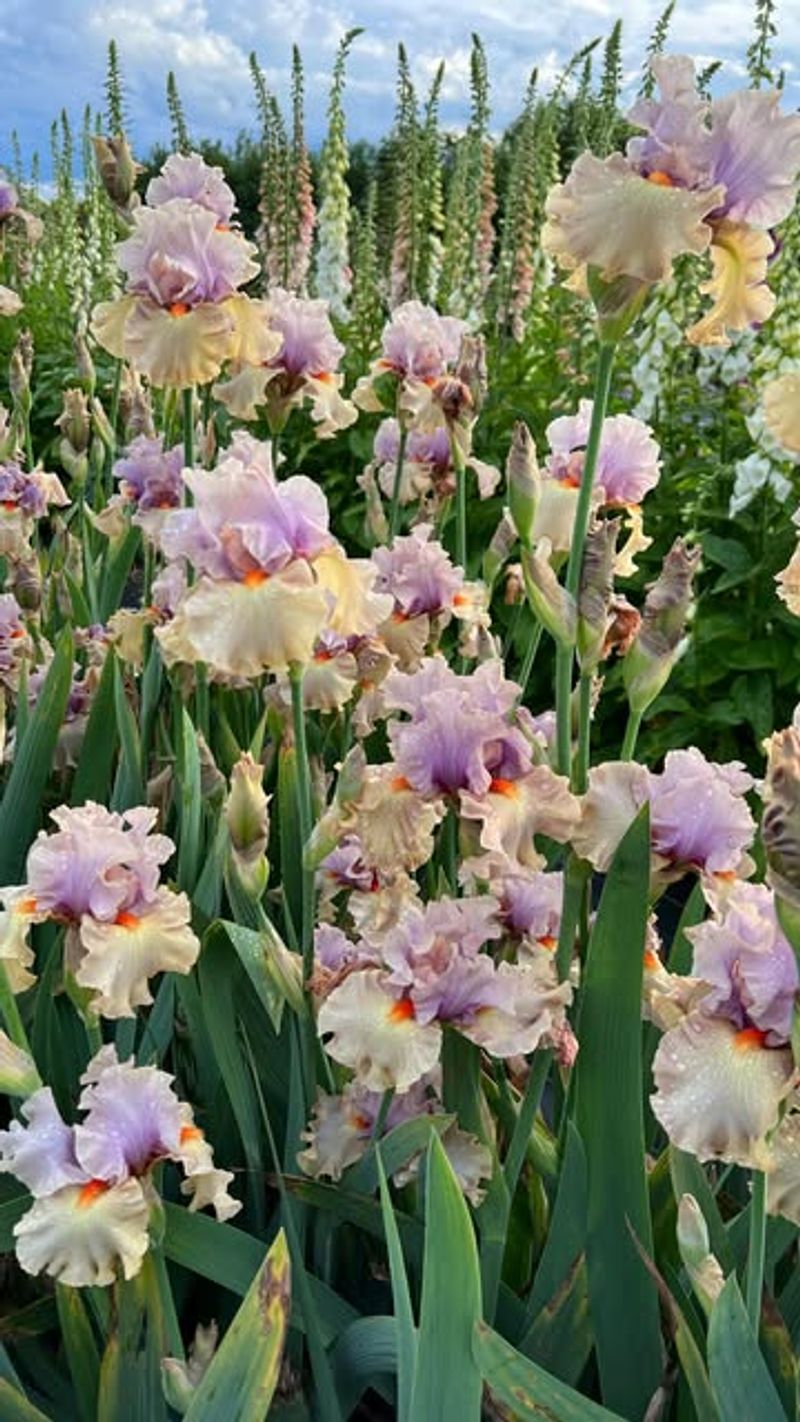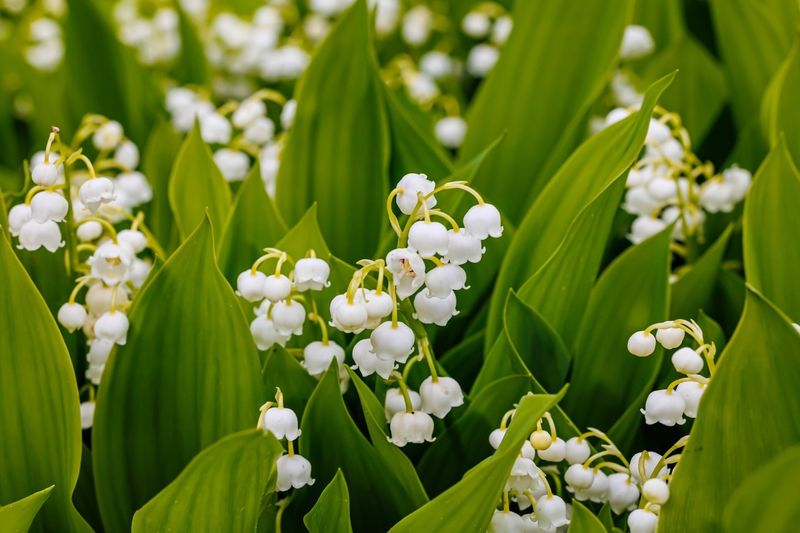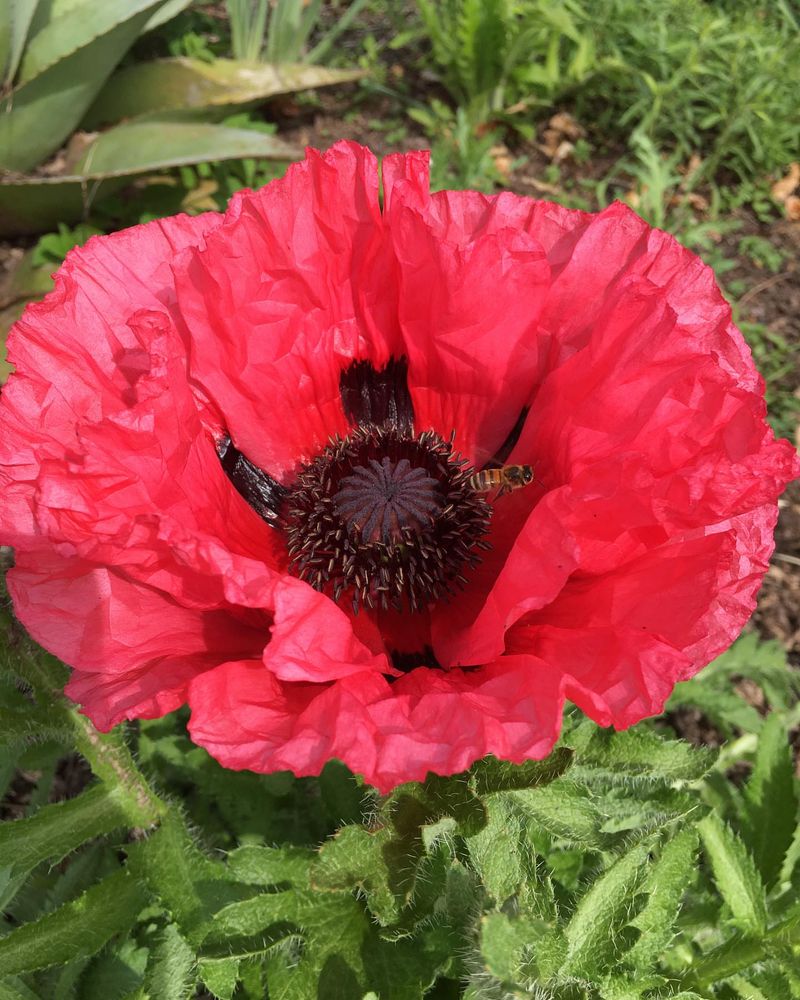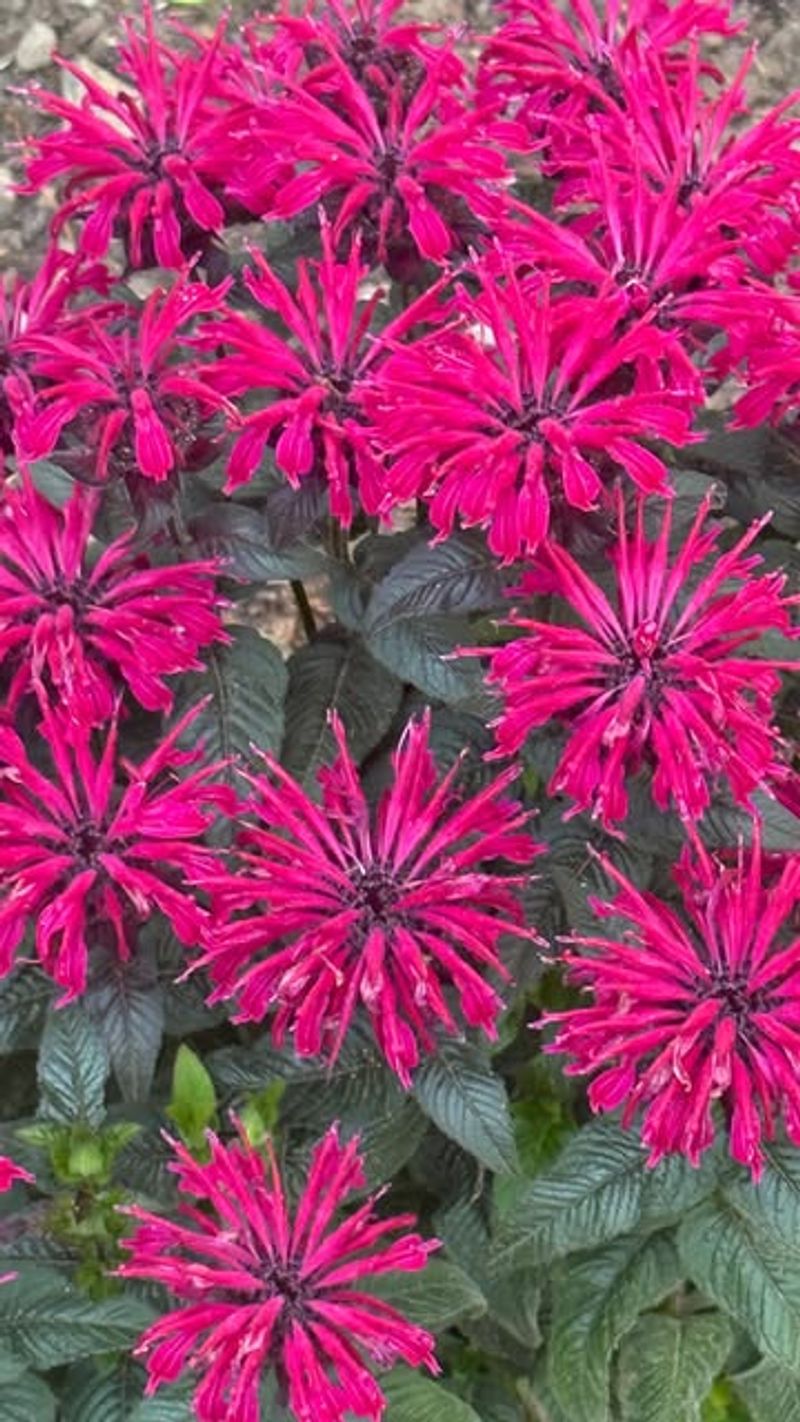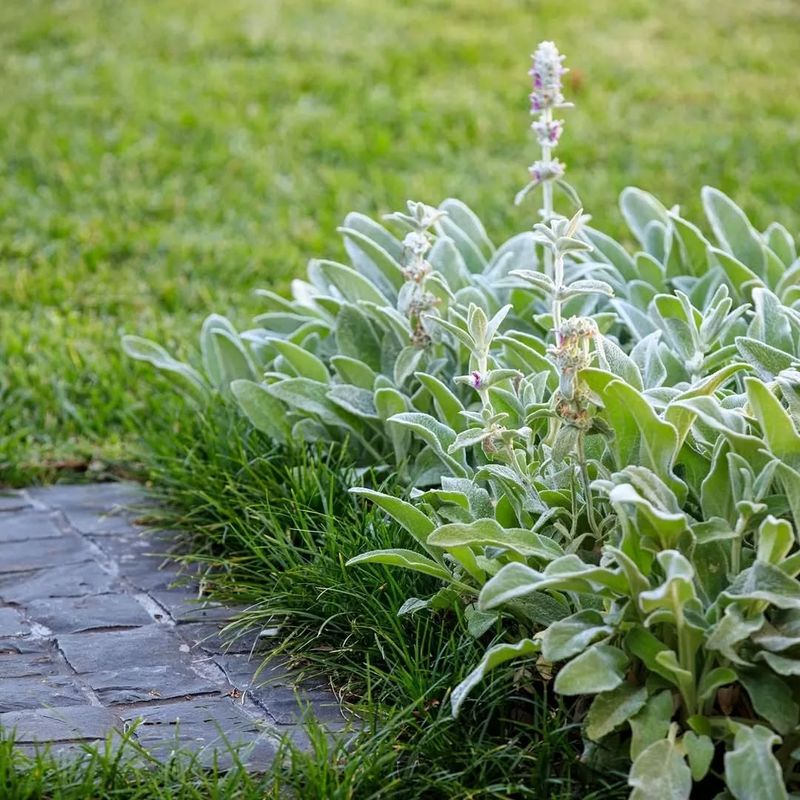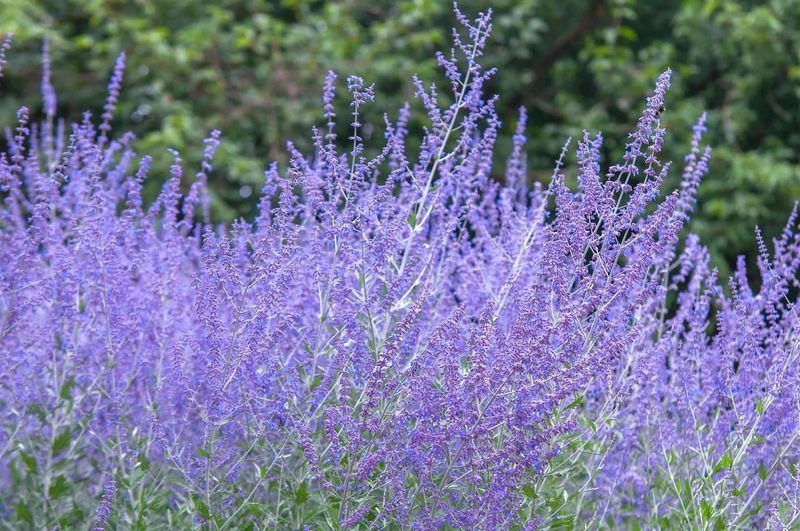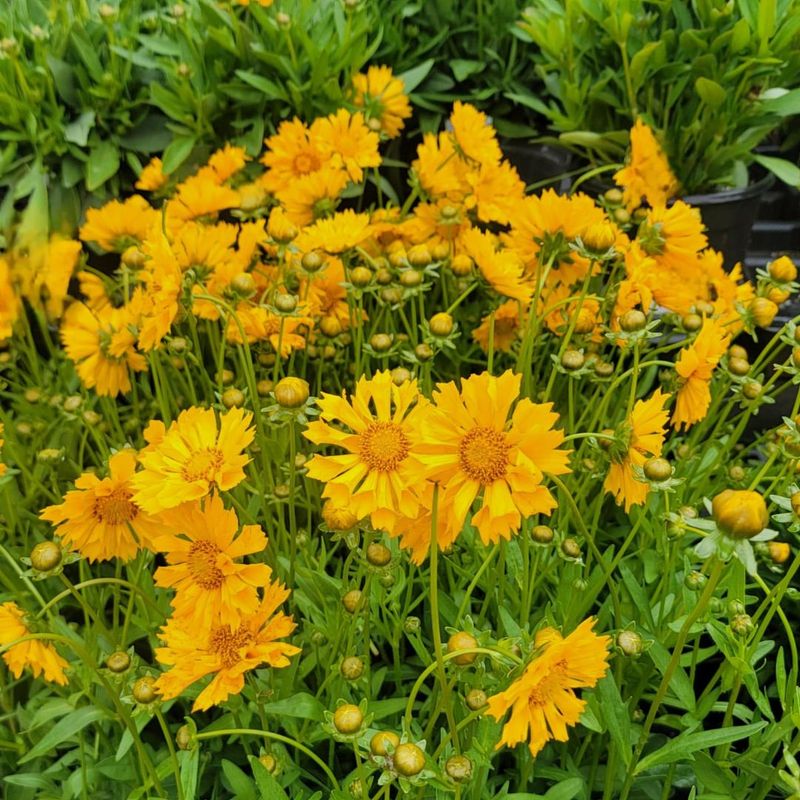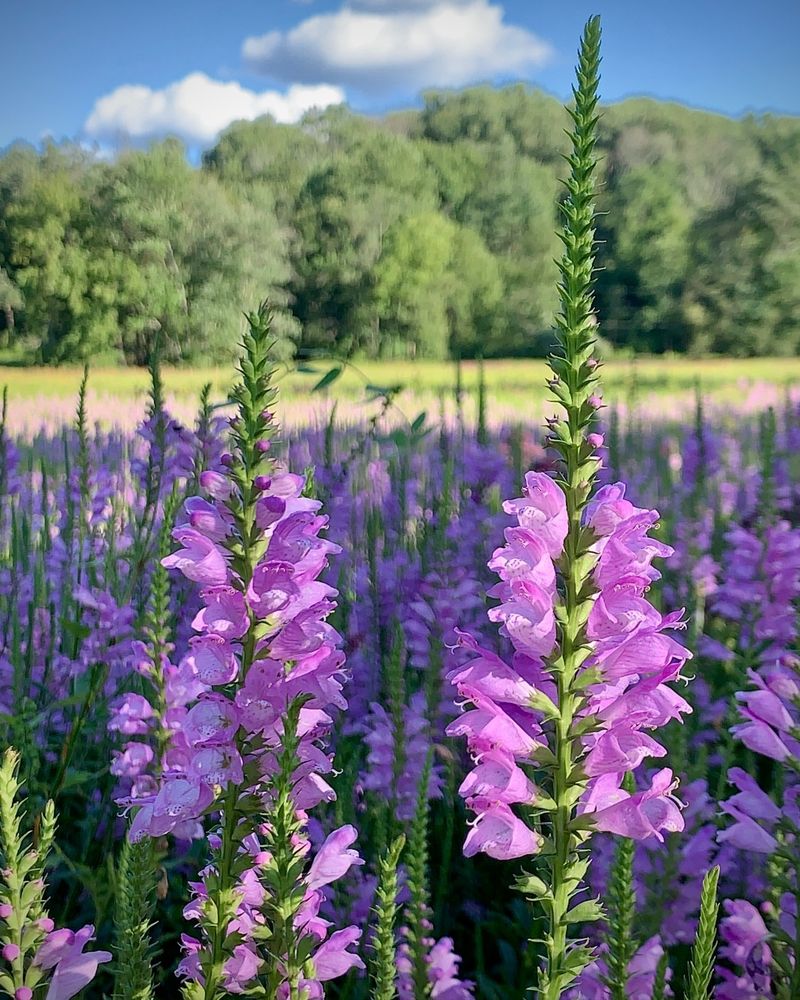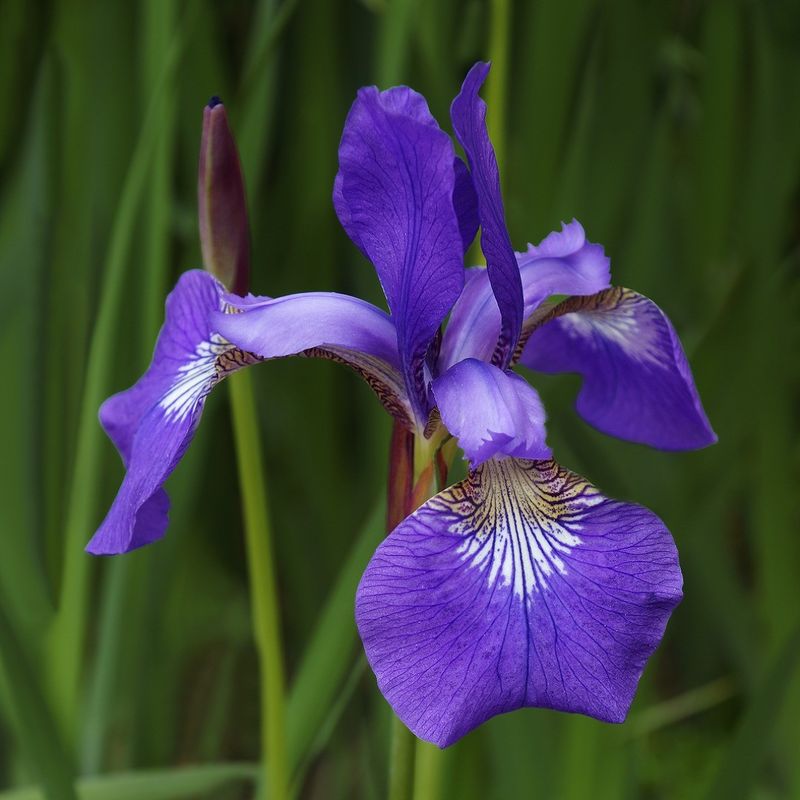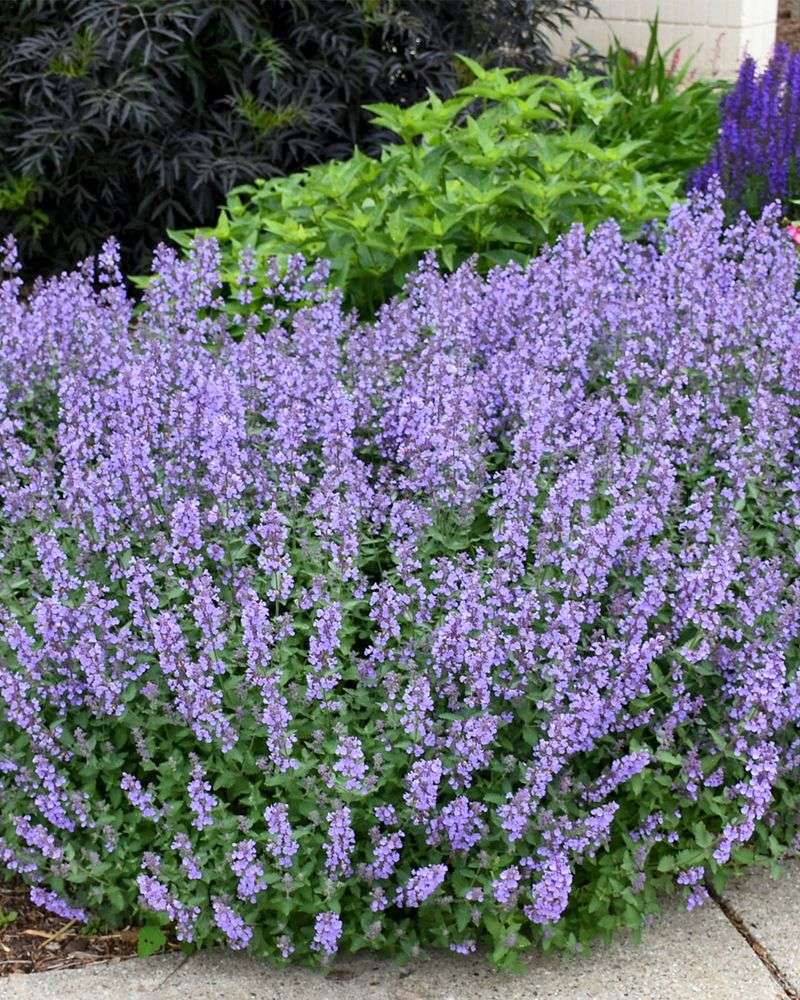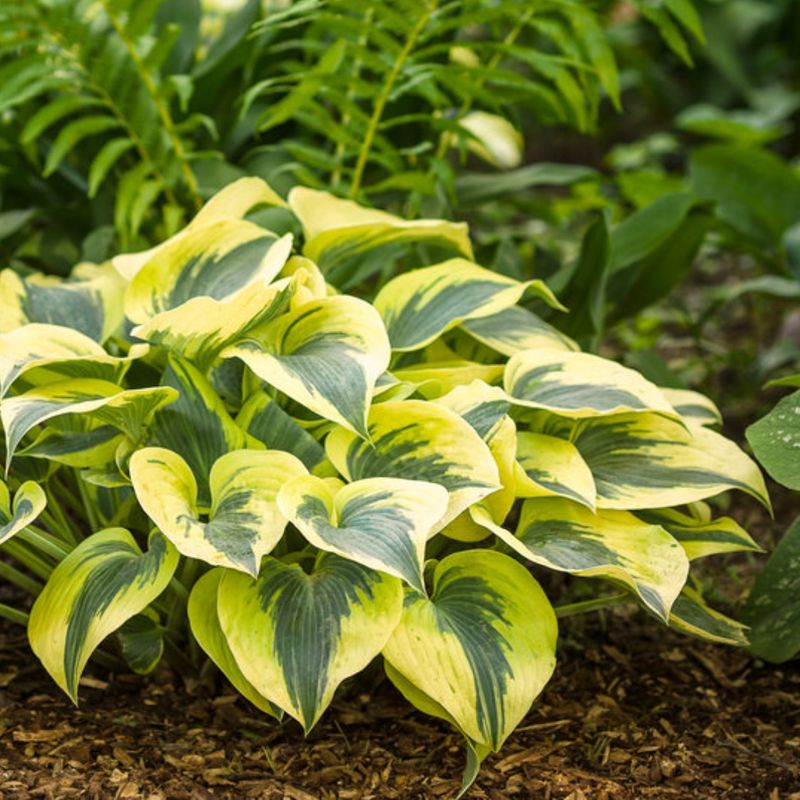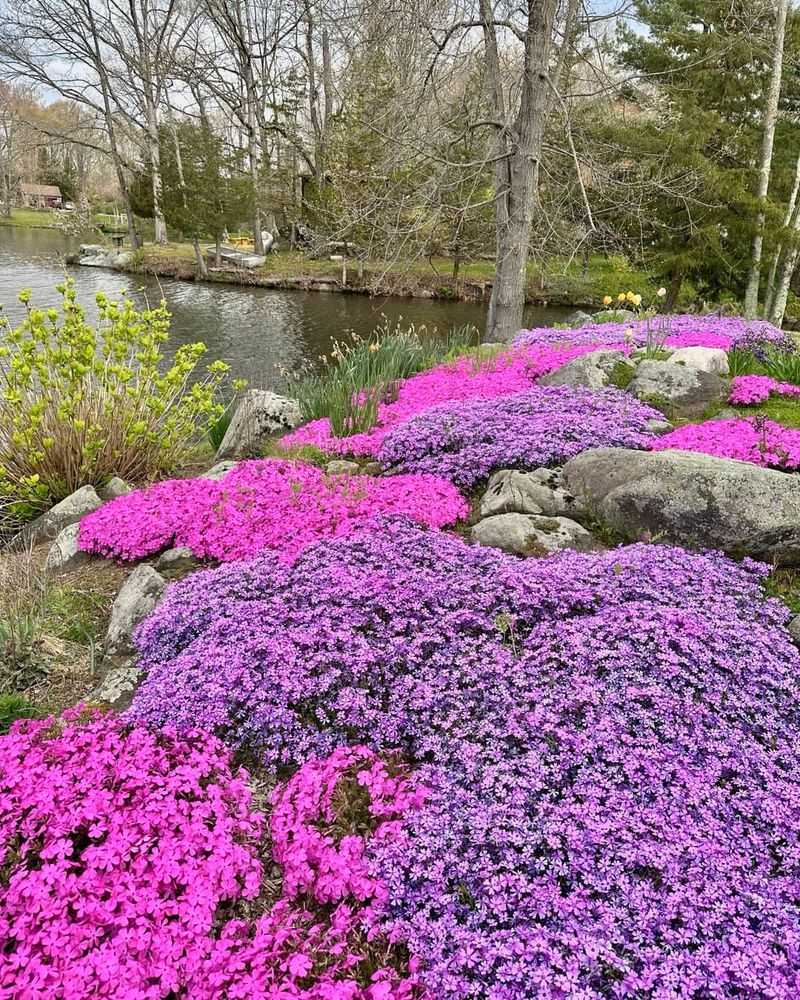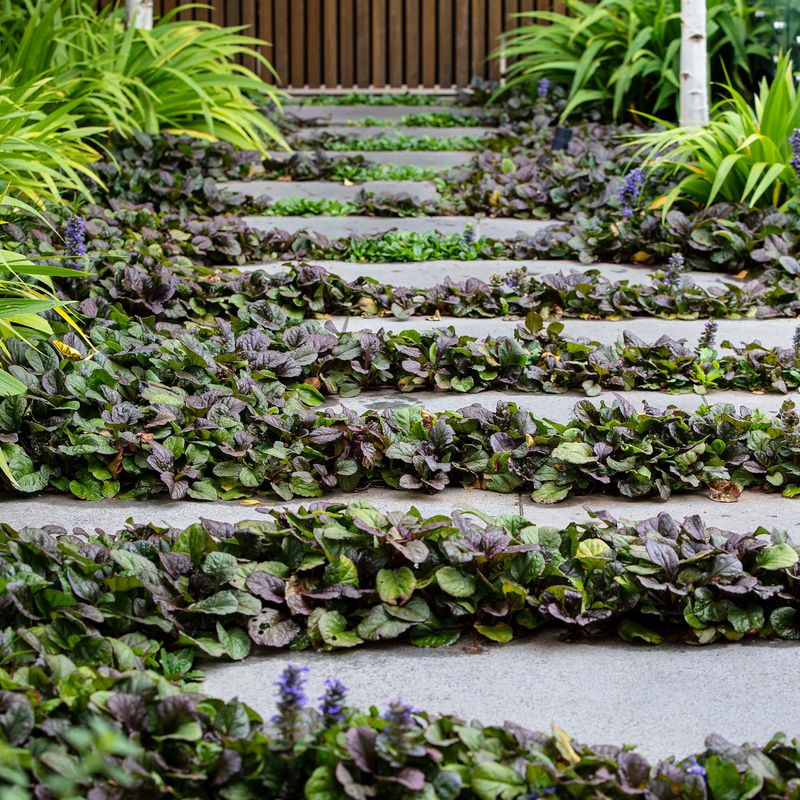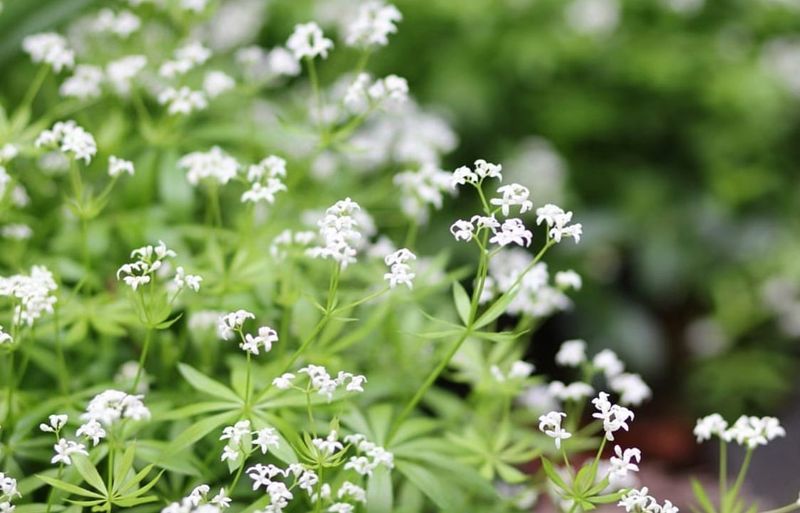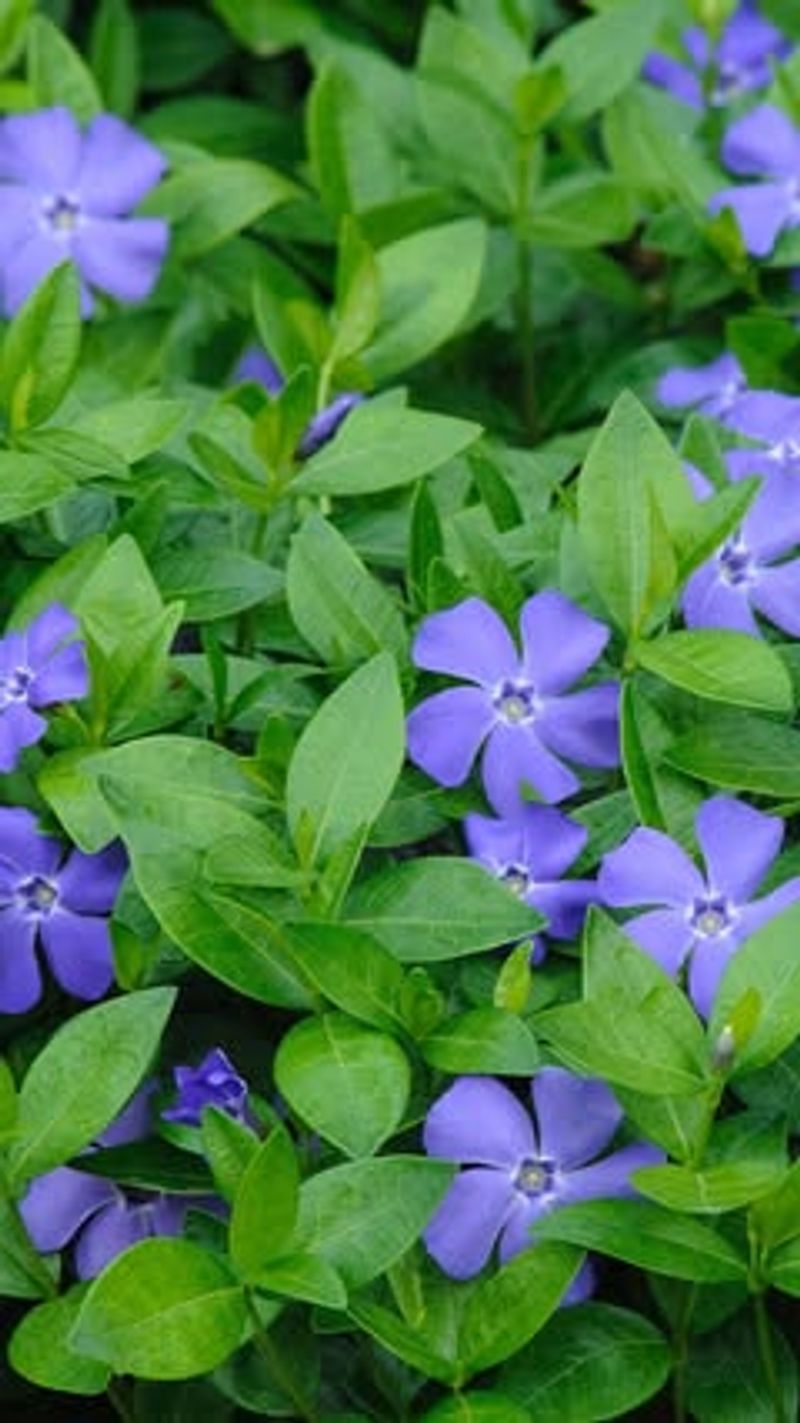There’s something so satisfying about perennials that grow and spread all by themselves. These 15 plants quietly fill in your garden, making it look fuller and more alive every season.
I’ve come to rely on them for a low-maintenance, high-reward garden that just keeps giving. And if you’re dealing with stubborn bare spots, I’ve got 5 speedy growers that’ll cover those areas in no time.
It’s like having a little gardening secret that does the hard work for you!
1. Black-Eyed Susan
These sunny yellow blooms are garden powerhouses, spreading through both seeds and underground rhizomes. Once established, they create impressive colonies that light up your landscape from midsummer through fall.
Black-eyed Susans thrive in average soil and tolerate drought once established. They attract butterflies and beneficial insects while deer tend to leave them alone – a win-win for any gardener!
2. Daylily
You’ll be amazed at how quickly a single daylily can transform into a substantial clump! These tough-as-nails perennials multiply by forming new fans from their crown, creating impressive drifts over time.
Available in countless colors beyond the common orange, daylilies perform beautifully in almost any soil. Their fountain-like foliage looks attractive even when they’re not blooming, providing structure throughout the growing season.
3. Hardy Geranium
Often called cranesbills, these aren’t your typical window-box geraniums. Hardy geraniums form expanding mounds that gradually spread through underground stems, creating beautiful carpets of color.
Many varieties bloom repeatedly throughout summer if trimmed back after the first flush. Their delicate flowers hover above attractive foliage that often takes on spectacular fall colors, making them true multi-season performers in the garden.
4. Yarrow
Looking for a low-maintenance spreader that thrives in poor soil? Yarrow might be your perfect match! This tough perennial forms expanding clumps through creeping rhizomes, creating drifts of ferny foliage topped with flat flower clusters.
Modern yarrow varieties come in stunning colors ranging from classic white to vibrant reds and yellows. Their drought tolerance makes them ideal for hot, dry spots where other perennials struggle to survive.
5. Bearded Iris
Few plants reward gardeners with multiplication quite like bearded iris. Their thick, horizontal rhizomes grow outward each year, naturally increasing your collection without any extra effort on your part.
The sword-like foliage provides vertical interest even when not in bloom. Every few years, dividing overcrowded clumps rejuvenates flowering and gives you plenty of extras to share with friends or expand your garden.
6. Lily of the Valley
Those dainty, fragrant bells hide an ambitious nature! Lily of the valley spreads rapidly through underground rhizomes, forming dense colonies of glossy leaves and sweetly scented flowers in spring.
Perfect for shady spots where other plants struggle, this woodland native creates a lush groundcover. Just be mindful of its vigorous spreading habit – plant it where it can be contained or where you want it to naturalize freely.
7. Oriental Poppy
The massive, tissue-paper blooms of oriental poppies make a dramatic statement in early summer gardens. After flowering, these perennials often go dormant, but don’t worry – they’re busy underground preparing to multiply.
Small pieces of their taproots can develop into new plants, gradually increasing your poppy patch. Their distinctive seedpods also scatter seeds that may sprout nearby, creating a self-sustaining poppy paradise without becoming invasive.
8. Bee Balm
Native bee balm creates a spectacular summer show with its crown-like flowers that attract hummingbirds and butterflies by the dozens. This member of the mint family spreads steadily through underground runners, forming expanding patches.
Modern cultivars offer improved resistance to powdery mildew, the plant’s main challenge. Bee balm performs best with consistent moisture, making it perfect for those slightly damp areas where other perennials might sulk.
9. Lamb’s Ear
The velvety, silver-gray leaves of lamb’s ear create a tactile experience gardeners can’t resist touching. This drought-tolerant perennial gradually forms expanding mats through both underground runners and self-seeding.
Beyond its fuzzy foliage appeal, lamb’s ear produces tall spikes of purple flowers that attract bees. Its ability to thrive in poor soil makes it perfect for tough spots where other plants struggle to establish themselves.
10. Russian Sage
Creating clouds of lavender-blue flowers from midsummer through fall, Russian sage adds both color and movement to the garden. This drought-tolerant perennial gradually expands its footprint through underground runners.
The aromatic silver-gray foliage deters deer and rabbits while attracting pollinators. Newer compact varieties offer the same spreading habit but in a more manageable size, perfect for smaller garden spaces.
11. Coreopsis
Cheerful coreopsis delivers waves of daisy-like blooms that brighten gardens from early summer until frost. Many varieties spread gradually by underground rhizomes while also self-seeding to create naturalized drifts.
Their drought tolerance once established makes them perfect for hot, sunny spots. Deadheading spent flowers encourages continuous blooming, but leaving some seedheads in fall provides food for finches and other small birds.
12. Obedient Plant
Despite its well-behaved name, obedient plant has a secret – it’s anything but obedient in the garden! This native perennial spreads enthusiastically through underground runners, creating impressive colonies of pink or white flower spikes.
Perfect for rain gardens or moist areas, obedient plant attracts numerous pollinators. For smaller spaces, look for newer cultivars with more restrained spreading habits that won’t take over your entire garden.
13. Siberian Iris
Unlike their bearded cousins, Siberian irises form dense, expanding clumps that gradually increase in size each year. Their elegant blooms appear on tall stems above grassy foliage that remains attractive all season.
These tough perennials thrive in average to moist soil and require minimal care. Even better, their dense growth habit naturally suppresses weeds, making your gardening life easier while creating beautiful sweeps of color.
14. Catmint
Forming soft mounds of aromatic gray-green foliage, catmint creates waves of lavender-blue flowers that bloom for months. This drought-tolerant perennial gradually increases its footprint through both crown expansion and self-seeding.
Cutting back the first flush of flowers often triggers a second impressive bloom period. Cats may indeed roll in this plant (hence the name), but deer and rabbits typically avoid it – a significant bonus for gardens plagued by hungry critters.
15. Hostas
Shade gardens benefit enormously from hostas’ ability to form ever-widening clumps of dramatic foliage. Starting as a single plant, hostas gradually expand their territory each year, creating impressive specimens without any extra effort.
Available in sizes from miniature to massive, with leaves in countless colors and patterns, hostas offer something for every garden. Their multiplying nature means you can eventually divide them to create more plants for free.
16. Sedum
Low-growing sedums (like ‘Dragon’s Blood’) spread by creeping stems that root wherever they touch soil, creating living carpets of succulent foliage. Their drought tolerance makes them perfect for hot, dry spots.
Upright sedums (like ‘Autumn Joy’) form expanding clumps that gradually increase in size. Both types offer late-season blooms when many perennials have finished flowering, providing crucial nectar for butterflies preparing for migration.
17. Creeping Phlox
Want to cover bare ground quickly? Creeping phlox creates a stunning spring carpet of pink, purple, or white flowers that cascade over walls or spread across difficult slopes.
This low-growing perennial forms dense mats that choke out weeds naturally. Its needle-like evergreen foliage provides winter interest when other perennials have disappeared, making it a true four-season performer in the landscape.
18. Ajuga
Also known as bugleweed, ajuga rapidly creates dense mats of glossy, colorful foliage that suppress weeds effectively. Its spreading habit makes it ideal for covering bare spots under trees or filling gaps between stepping stones.
Spring brings spikes of blue flowers that rise above the foliage carpet. Modern varieties offer dramatic leaf colors from deep burgundy to variegated cream and pink, adding year-round interest to shady areas.
19. Sweet Woodruff
Looking for something to brighten deep shade? Sweet woodruff’s whorls of bright green leaves form a living carpet beneath trees and shrubs, with tiny star-shaped white flowers appearing in spring.
This woodland native spreads steadily through underground runners, filling in bare spots with fragrant foliage. When crushed or dried, the leaves release a pleasant vanilla-hay scent that was traditionally used to flavor May wine.
20. Vinca Minor
Commonly called periwinkle, this evergreen ground cover tackles erosion on difficult slopes where grass won’t grow. Its glossy leaves create a dense mat while pretty blue-purple flowers appear in spring.
Vinca’s vigorous spreading habit makes it perfect for large areas that need coverage fast. Its ability to grow in dry shade, one of gardening’s toughest conditions, makes it invaluable for those challenging spots under mature trees.

